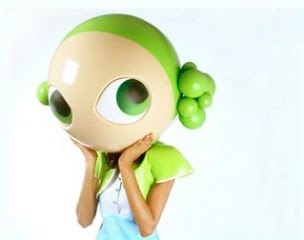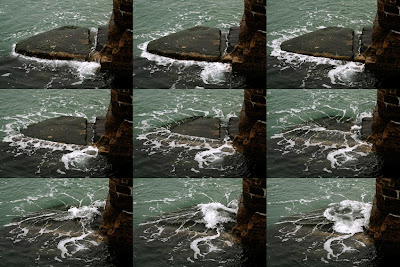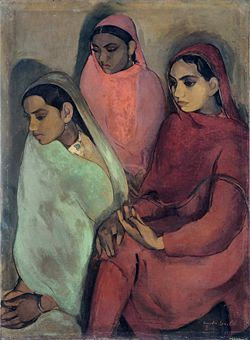(By Nalini S Malaviya)
During the boom period art was projected as the next biggest investment class and many private individuals and dealers were quick to encash on this popularity wave. During that phase buyers were promised returns anywhere between 100% and 1000%, backed by data that was carefully weaned to suit the purpose. “Investment Art” emerged as a convenient bait to lure buyers to the maximum. The phrase was meant to identify a class of art that was sure to maximize investment. The situation today has altered drastically. One wonders where these promoters are now. What has happened to these so called Investment Art or Artists? The ground reality has always been different from the hype prevailing in the media.
Today, the market is abuzz with investors trying to offload their art. Unsuccessfully. In desperation many are willing to settle for whatever little is offered. This has resulted in the investors being a disillusioned lot. Many people had also invested in art funds, some of which have failed to provide the returns that were promised at the launch of the funds. At least those who have invested in art directly can take solace in the fact that they can see their art on the wall.
A number of people have lost faith in art as an investment. However, one cannot blame unscrupulous promoters and dealers only; some amount of responsibility has to be borne by the investor as well. After all, when one invests a substantial sum of money, say in real estate, one checks the credentials of the builder or developer, looks for clear titles and so on. The same is true for art. How can one invest without doing any background research? It is always essential to have an independent and unbiased opinion in such cases.
In any fast growing field, there will always be many speculators and people who will manipulate the market to suit their own purpose. At one time, many artists too, were churning out works by the dozen when there was a huge demand.
Today, demand is low, prices have fallen, and everyone has the time to introspect. During the last phase, gullible investors who believed they could treat art as stock or shares, and could exit at any point they wished are the ones that have suffered the most. It is only now that many have realized how difficult it is to resell art, especially now when liquidity is hard to find. At the risk of repeating myself, I have to say that this is a particularly bad time to sell, but a good time to buy, if you can afford to.
The market will take a while to recover, and hopefully there will be better regulation soon. And meanwhile, remember the old adage, it maybe clichéd, but still holds true – buy art that you can live with.
(Published in Bangalore Mirror)












